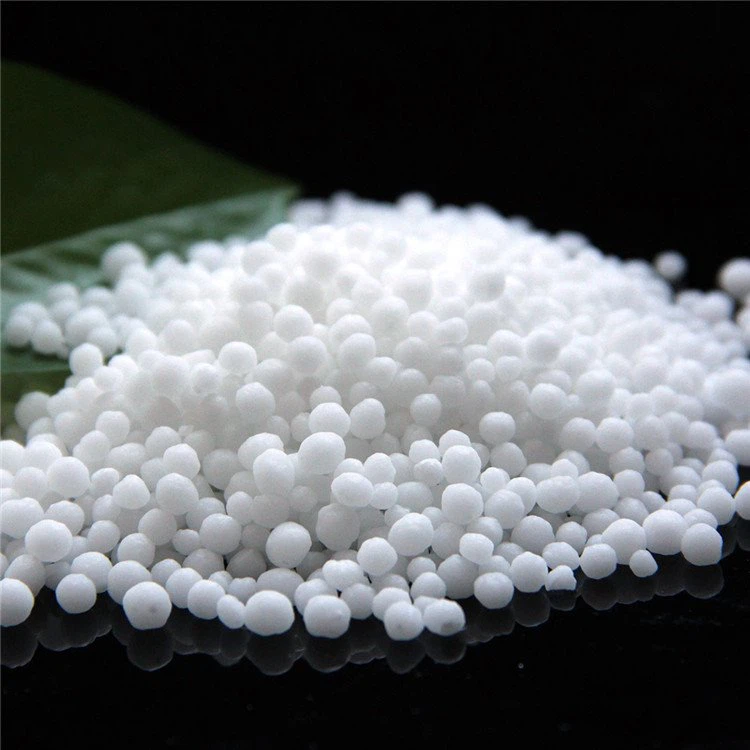Urea 46% is a nitrogenous fertilizer with a high concentration of nitrogen, represented by 46% nitrogen content. It is produced by combining ammonia with carbon dioxide under high pressure and temperature, resulting in the formation of urea. Urea is widely recognized for its effectiveness in promoting plant growth due to its high nitrogen content, which is essential for protein synthesis in plants.
Agricultural Uses of Urea 46%:
• Nitrogen Fertilizer: Urea is one of the most commonly used nitrogen fertilizers in agriculture. It is applied to a variety of crops to increase yield by enhancing plant growth, especially leafy vegetables, cereals, and legumes.
• Fertilizer Efficiency: Urea 46% provides a readily available source of nitrogen to plants, enhancing photosynthesis and helping plants develop strong, healthy root systems.
• Application Methods: Urea can be applied through soil, foliar feeding, or in liquid form for fertigation. It is often mixed with other fertilizers for balanced plant nutrition.
Industrial Uses of Urea 46%:
• Chemical Industry: Urea is used as a raw material in the production of various chemicals such as urea-formaldehyde resins, adhesives, plastics, and detergents.
• Melamine Production: Urea 46% is an important precursor in the production of melamine, a compound used to make durable plastics.
• Automotive Industry: Urea is used in diesel exhaust fluid (DEF), which is employed in selective catalytic reduction (SCR) systems to reduce nitrogen oxide emissions from diesel engines.


